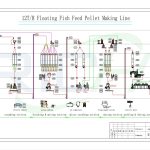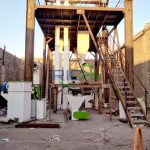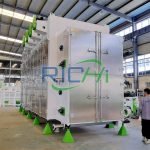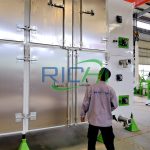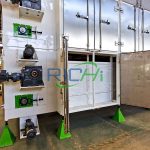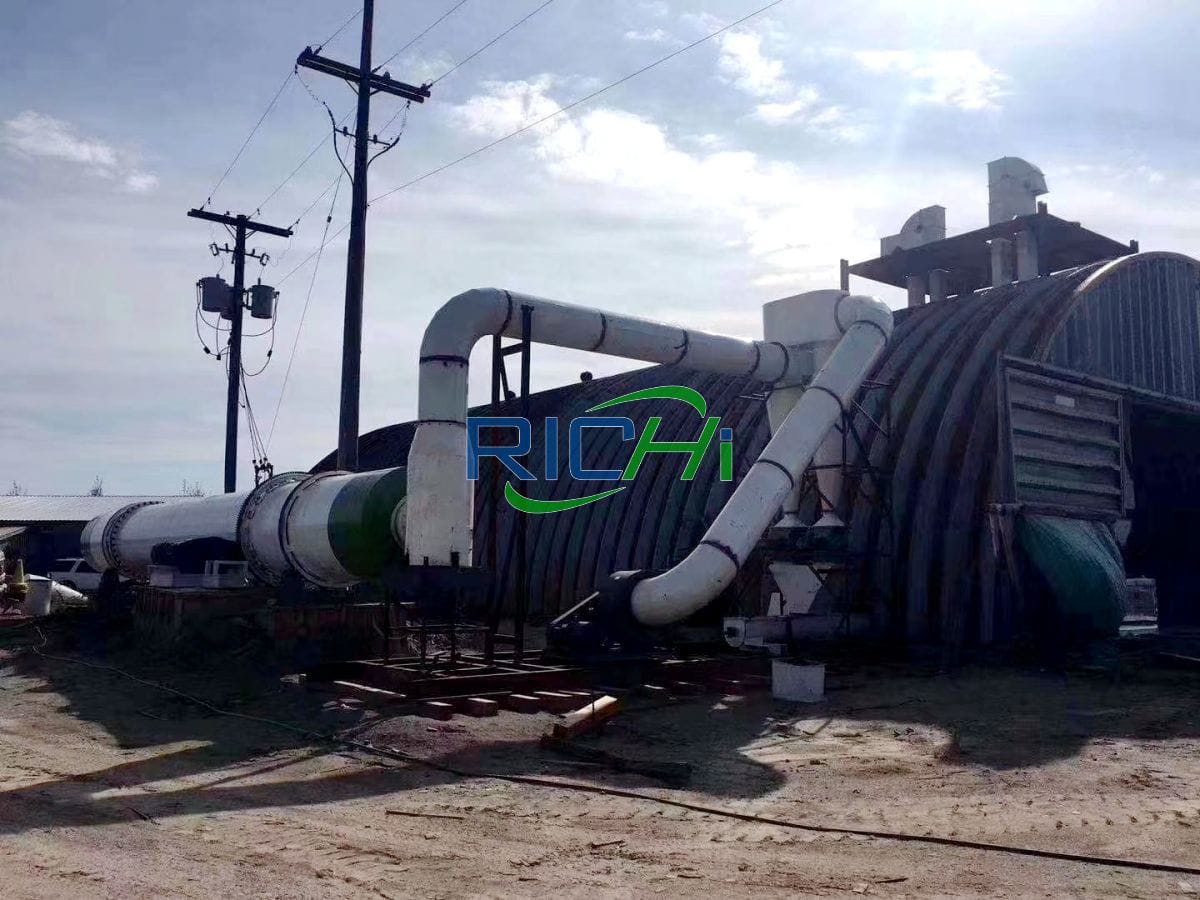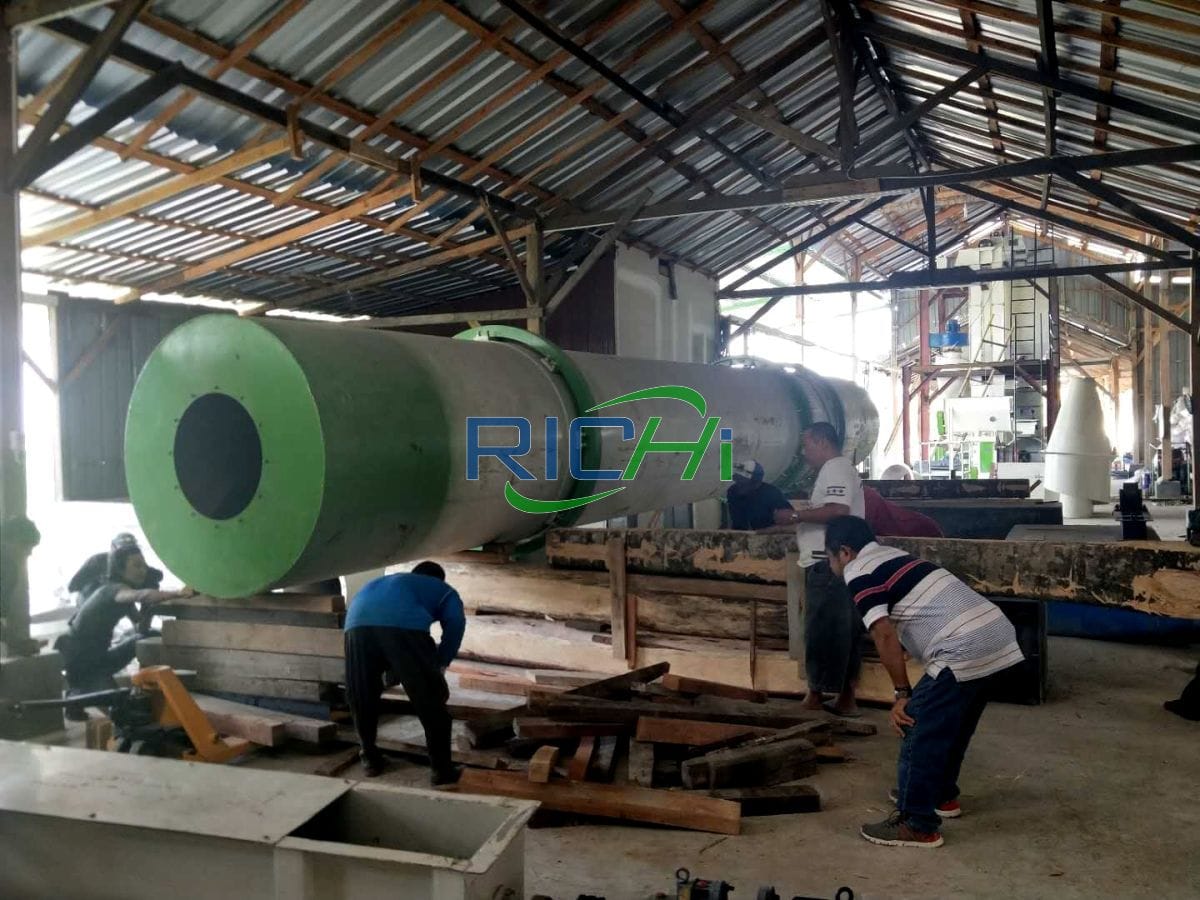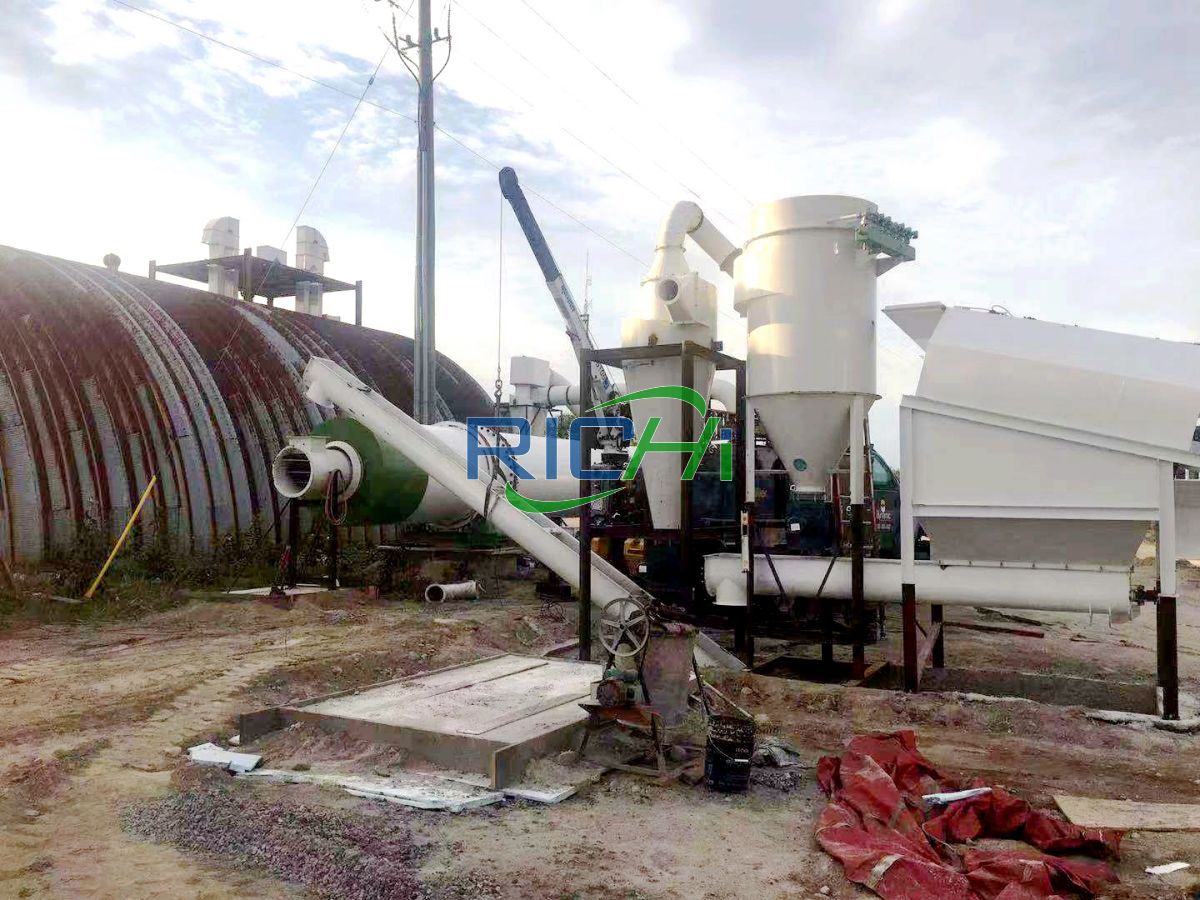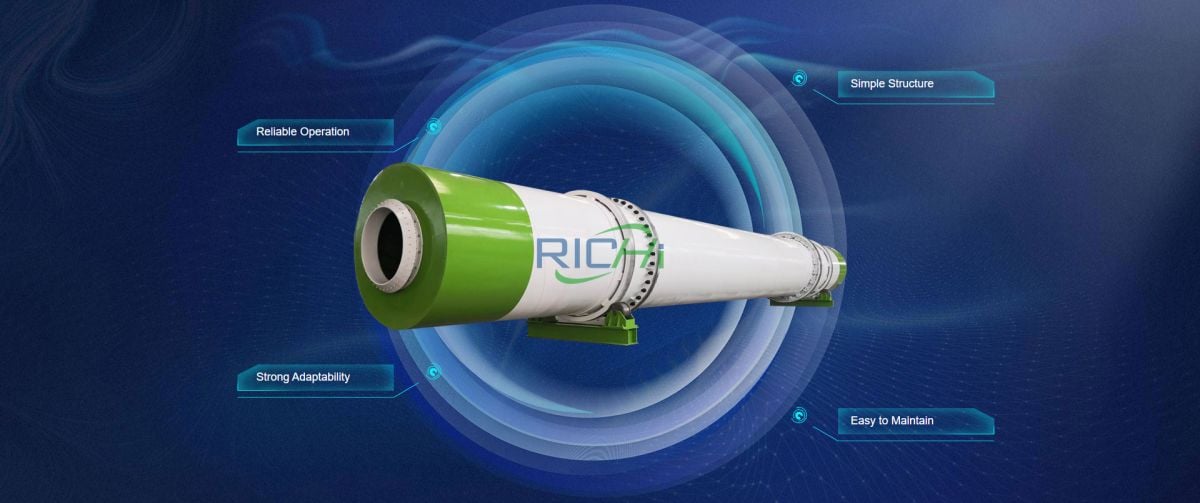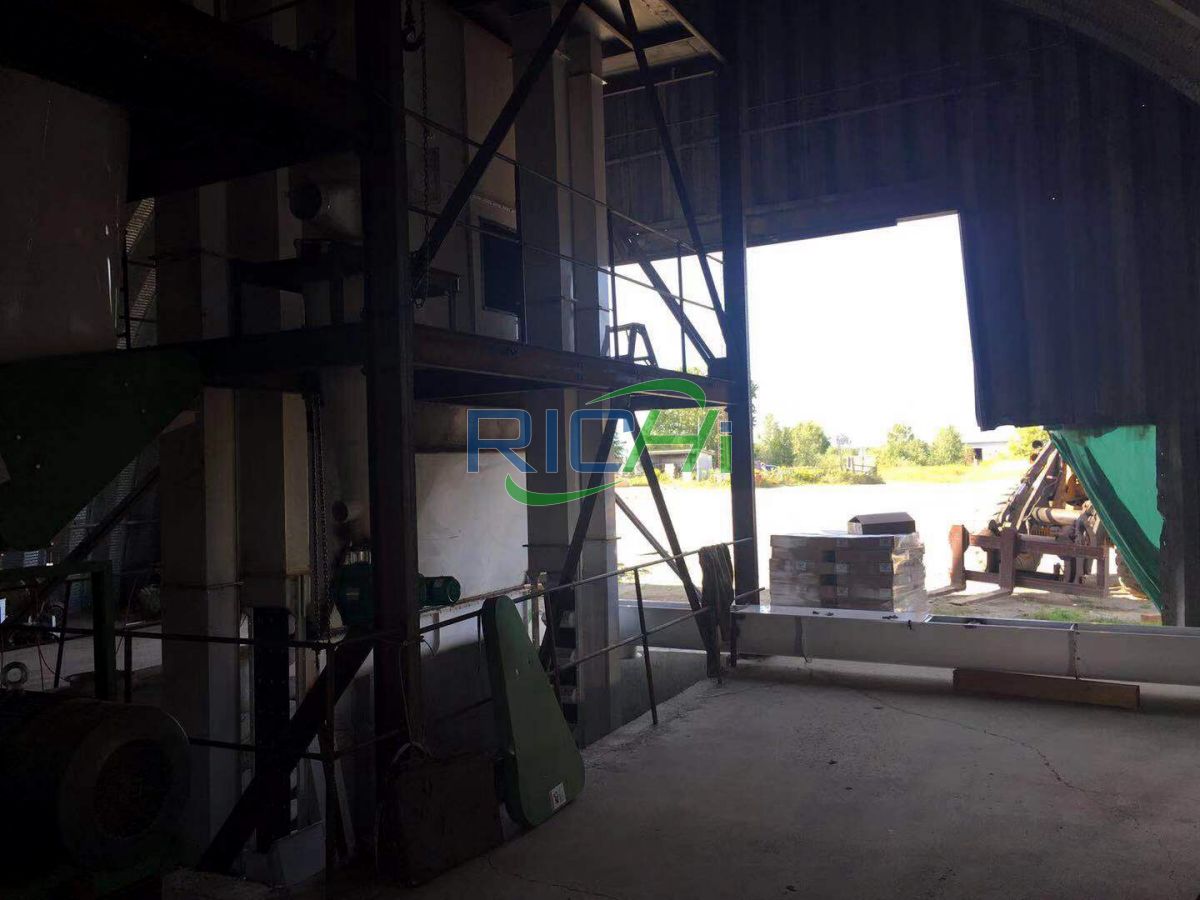The drying of biomass materials like sawdust is a critical step in the production of wood pellets and other biomass products. Efficient drying not only improves the quality of the final product but also reduces energy consumption and environmental impact. This article explores whether using wood chip drying systems can effectively dry sawdust and improve efficiency, considering technical aspects, benefits, and potential limitations.
Understanding Wood Chip Drying Systems
Wood chip drying systems are specifically designed to handle wood chips, which are larger and denser than sawdust. These systems typically use hot air or steam to reduce the moisture content of wood chips, making them suitable for further processing or combustion. Common types of wood chip dryers include:
- Rotary Drum Dryers: These dryers consist of a rotating drum that tumbles the wood chips while hot air passes through, ensuring even drying.
- Fluidized Bed Dryers: These dryers use hot air to suspend and dry the wood chips, creating a fluid-like motion that enhances heat transfer and drying efficiency.
- Belt Dryers: These dryers use a conveyor belt to move the wood chips through a heated chamber, providing continuous drying.
Can Wood Chip Drying Systems Dry Sawdust?
Yes, wood chip drying systems can dry sawdust, but there are several considerations to ensure effective and efficient drying:
- Particle Size and Density:
- Sawdust particles are smaller and less dense than wood chips. This difference affects the drying dynamics, as sawdust tends to dry faster due to its larger surface area relative to volume. Adjustments in the drying process, such as reducing the drying time or temperature, may be necessary to prevent over-drying or burning.
- Moisture Content:
- The initial moisture content of sawdust can vary widely. Wood chip drying systems must be capable of handling these variations to ensure consistent drying. Some systems are equipped with moisture sensors and control systems that adjust the drying parameters in real-time, making them suitable for sawdust drying.
- Airflow and Heat Distribution:
- Efficient drying of sawdust requires uniform airflow and heat distribution. Wood chip dryers with rotary drums or fluidized beds are particularly effective in ensuring even drying. These systems can handle the fine particles of sawdust without causing blockages or uneven drying.
- Energy Efficiency:
- Drying sawdust can be energy-intensive. Wood chip drying systems designed with energy efficiency in mind, such as those with heat recovery systems or variable frequency drives (VFDs), can reduce energy consumption and operational costs. For instance, dryers with integrated heat exchangers can reuse waste heat, improving overall energy efficiency. (Related post:belt dryer)
Benefits of Using Wood Chip Drying Systems for Sawdust
- Versatility:
- Wood chip drying systems are versatile and can handle various types of biomass, including sawdust. This versatility makes them a valuable asset for facilities processing multiple types of wood waste.
- Scalability:
- These systems are available in various sizes and capacities, making them suitable for both small-scale and large-scale operations. This scalability allows businesses to choose a dryer that meets their specific production needs.
- Advanced Control Systems:
- Modern wood chip drying systems are equipped with advanced control systems that monitor and adjust drying parameters in real-time. These systems ensure optimal drying conditions, reducing the risk of over-drying or under-drying.
- Improved Product Quality:
- Properly dried sawdust is essential for producing high-quality wood pellets. Wood chip drying systems can achieve the desired moisture content consistently, ensuring the final product meets industry standards.
Limitations and Considerations
- Initial Investment:
- Wood chip drying systems can be expensive to purchase and install. Businesses must consider the initial investment and weigh it against the potential benefits and long-term savings in operational costs.
- Maintenance Requirements:
- Regular maintenance is essential to keep these systems operating efficiently. This maintenance can include cleaning, inspecting, and replacing worn parts. Businesses must factor in the cost and time required for maintenance.
- Customization Needs:
- Depending on the specific characteristics of the sawdust, some wood chip drying systems may require customization or additional features to handle the material effectively. This customization can add to the overall cost and complexity of the drying process.
Case Study: Germany
Germany, known for its stringent environmental regulations and advanced industrial technologies, provides an excellent example of how wood chip drying systems can be used for sawdust drying:
- Technological Advancements: German manufacturers offer wood chip drying systems equipped with the latest technologies, such as moisture sensors, automated control systems, and heat recovery units. These features ensure efficient and consistent drying of sawdust.
- Energy Efficiency: With a strong focus on energy efficiency, German wood chip drying systems often incorporate renewable energy sources, such as biomass or solar power, to reduce carbon emissions and operational costs.
- Regulatory Compliance: German regulations require strict adherence to environmental standards. Wood chip drying systems used in Germany are designed to meet these standards, ensuring minimal environmental impact.
Conclusion
Using wood chip drying systems to dry sawdust can improve efficiency, provided that certain considerations are taken into account. The versatility, scalability, and advanced control systems of wood chip dryers make them suitable for handling sawdust, ensuring consistent and efficient drying. However, businesses must consider the initial investment, maintenance requirements, and potential need for customization when choosing a wood chip drying system for sawdust drying.
Countries like Germany, with their advanced technologies and stringent environmental regulations, demonstrate the successful application of wood chip drying systems for sawdust drying. By leveraging these technologies and adhering to best practices, businesses can achieve high-quality, energy-efficient drying of sawdust, contributing to the production of superior wood pellets and other biomass products.
For details please contact: Richi Pellet Machine
WhatsApp:86 138 3838 9622
Email:enquiry@richipelletmachine.com
